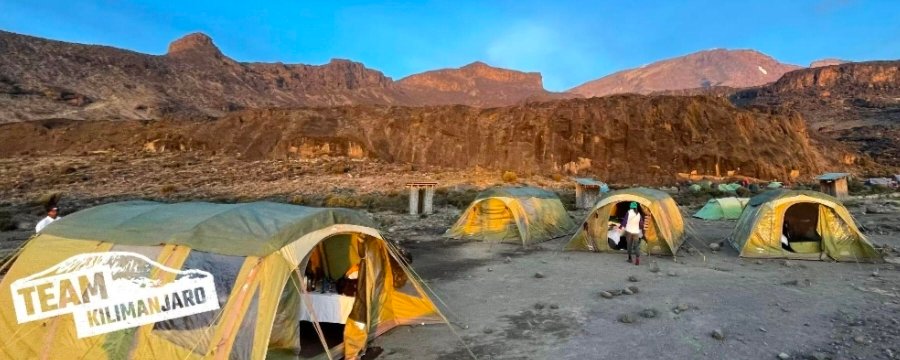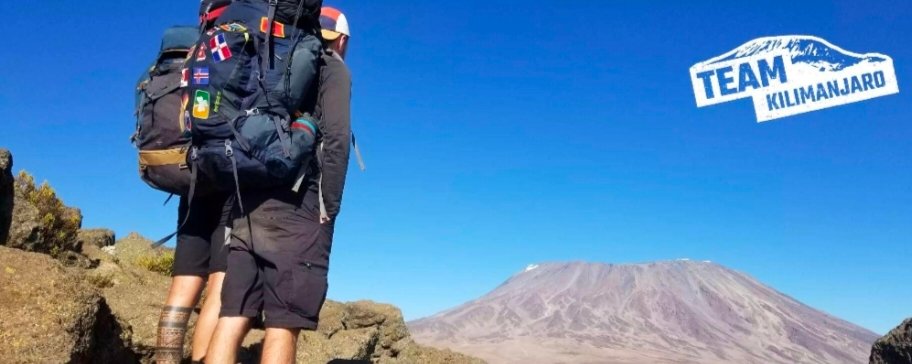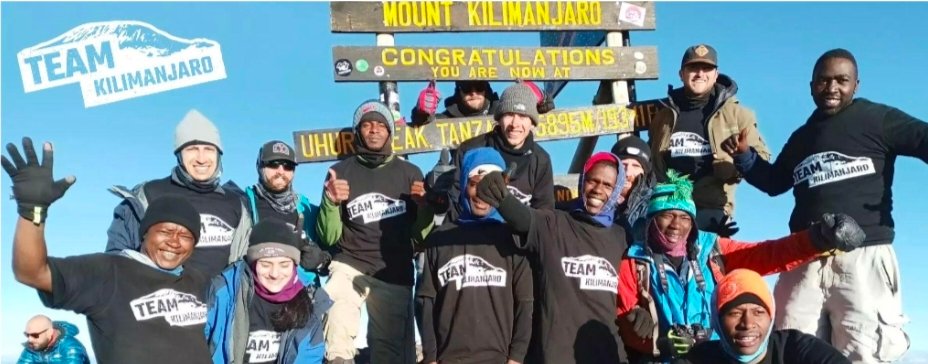Some places are not just destinations — they are canvases on which we write ourselves anew. To climb Kilimanjaro, Africa’s highest mountain at 5,895 metres, is one of those rare creative acts where the body becomes the brush, the trail the canvas, and the summit a masterpiece of endurance and vision.
Kilimanjaro has long captured the imagination of writers, artists, and explorers. Standing alone above the plains of Tanzania, its silhouette has inspired novels, music, and film. Yet the real story unfolds not in words or images, but in the lived experience of those who ascend it — a week-long journey from rainforest to glacier that becomes an exploration of identity as much as geography.
How Long Does It Take?
Every creative process takes time, and so does Kilimanjaro. The question how long does it take to climb Kilimanjaro is not just practical but symbolic. Technically, it can be attempted in five days, but rushed projects rarely succeed. Just as an album needs months in the studio or a novel demands patient editing, the mountain demands seven to nine days.
This is where patience becomes artistry. The body needs time to adjust to altitude, just as ideas need time to mature. Climbers who allow for this rhythm are rewarded not only with a higher chance of reaching the summit, but with a richer sense of the journey itself.
Routes as Narratives
Like a creative work, a climb follows a structure. Standard routes such as Machame or Umbwe are busy and include unnecessary diversions — a 401-metre climb that is quickly lost again, a subplot that goes nowhere.

Team Kilimanjaro’s TK Lemosho Route is the refined edit: cleaner pacing, fewer crowds, and a more balanced acclimatisation profile. It is the equivalent of a director’s cut — considered, polished, and designed to give climbers the fullest experience without wasted effort.
For those seeking a rare, almost avant-garde twist, the Excel Extension offers a night in the summit crater at 5,729 metres. To sleep inside a volcanic amphitheatre under the stars after summiting is like stepping into an immersive installation — raw, beautiful, and unforgettable.
Timing the Climb
Seasons shape mood, and the best time to climb Kilimanjaro depends on the atmosphere you want. The dry months from January to March and June to October are the equivalent of peak festival season: clear skies, steady conditions, and the buzz of fellow travellers.
The rainy seasons — April to May and November — are like intimate gigs in small venues. Trails are wetter and tougher, but the crowds thin out and the mountain reveals a different, moodier aesthetic. For those who thrive on quiet reflection and creative solitude, these seasons offer a unique kind of magic.
The Experience of Support
On Kilimanjaro, no one climbs alone. Regulations require guides and porters, but beyond logistics, the support teams become part of the story. They are collaborators in your creative work, the ones who set the stage so you can perform.
Team Kilimanjaro offers seven “support series,” each with its own style. About 70 percent of climbers choose the Advantage Series, which feels like a carefully curated backstage lounge: three-course meals, private toilets, and comfortable mess tents. Others prefer the raw authenticity of the Superlite Series, carrying their own kit, or the VIP refinement of the Hemingway Series, which turns the mountain into a luxury set-piece.
Like different genres, each option appeals to a different sensibility, but all lead to the same grand performance: the summit.
The Summit Moment
The climax of the Kilimanjaro story comes at midnight. Climbers wake in the dark, headlamps casting narrow beams as they begin the final ascent. The thin air tests endurance, the cold bites, but the anticipation builds like the swell before the final chorus of a song.

After hours of slow progress, dawn breaks. The glaciers glow in hues of gold and rose, the plains of Africa stretch out like a painted backdrop, and the wooden sign at Uhuru Peak declares triumph. It is a moment of raw beauty, a standing ovation written in sky and ice.
Beyond the Mountain
For many, Kilimanjaro is not the end but the beginning of a wider narrative. A safari in the Serengeti or a retreat on the spice-scented shores of Zanzibar adds new chapters to the story — epilogues filled with wildlife, culture, and relaxation.
Others return home and find that the mountain has changed the way they see everything: work, family, creativity, even themselves. Like a great piece of art, Kilimanjaro leaves you altered, more open, more alive.
Final Reflection
To Kilimanjaro veterans, the climb is more than a physical achievement. It is a form of expression, a living artwork shaped by patience, choice, and resilience. By knowing how long does it take to climb Kilimanjaro, selecting the best time to climb Kilimanjaro, and choosing a refined route such as TK Lemosho, the experience becomes not just a trek but a statement of style and intent.
Kilimanjaro is theatre, gallery, and concert all at once — a stage where each climber becomes artist and audience, performer and witness. And its greatest gift is not the view from the top, but the inspiration you carry back down into your everyday life.


